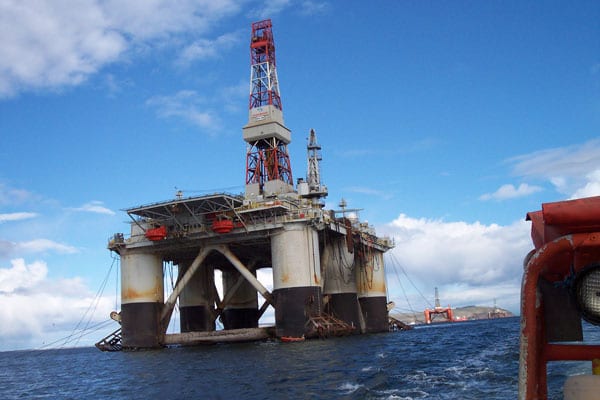Gulf Coast Oil Production Outlined by Careful Growth
April 12, 2018
While oil and gas is expanding in the Gulf South, an increasing supply and low prices mean the operations we service are still closely monitoring every penny. Let’s dive into how exactly the production landscape is changing.
Rig Counts Keep Rising
There is roughly double the number of active rigs in North America than there was last year. The greater the rig count, the less underutilized assets, which strengthens the position of oilfield services companies. As a result, giant rig suppliers like Schlumberger and Halliburton are increasing their prices on oil producers.
This allows smaller suppliers to provide personal service and value that larger corporations can’t. For example, the increase in rigs results in an increase in demand for capital products (such as elevators) and consumable products (like float valves) for drilling rigs. Because float valves need to be replaced 10-15 times per well, and elevators are replaced as soon as they wear out, those in oilfield supply must work hard to meet the demand.
On top of all this, oil prices still remain low. After trading over $50 a barrel for the majority of the first two quarters of 2017, West Texas Intermediate (WTI) prices drastically fell over the summer and are now back to where they used to be. Although prices have been inching back up, they’re still low enough to make drilling operations conserve every penny.
 The Boom Hits Louisiana
The Boom Hits Louisiana
An old fracking “hotspot” has become popular again in Louisiana. The Haynesville Shale, a huge natural gas field located in northwest Louisiana, was all but abandoned when prices dropped a few years ago. However, last year, companies such as QEP Resources Inc. and Chesapeake, as well as some newcomers, returned to the Haynesville, where gas production is now over 7 billion cubic feet daily.
There are 44 active rigs in the Texas counties and Louisiana parishes making up the enormous dry natural gas formation. The most active areas can be found in DeSoto, Caddo, Webster, Red River, Bossier, and Bienville Parishes, as well as adjacent areas in east Texas and southwest Arkansas.
The Haynesville rebound has been a piece of the overall Gulf Coast recovery that’s seen the construction of new fertilizer plants, petrochemical facilities, and gas-export terminals. Chesapeake, as well as other operators there, have extracted more by fracking and drilling longer wells. New technology is helping re-frack old wells where production was thought to be complete.
The U.S. Energy Department predicts that between now and 2040, natural gas will see the biggest increase in consumption out of all fuel sources. This means that the boom in Louisiana should continue for several more years.
However, this is not all great news. The weak price performance in the last several months has been just enough to affect U.S. shale growth and production. Domestic operators slowed drilling plans as their expectations for a recovery in oil prices fell.
With the world’s top oilfield services companies being disappointed in the deceleration of shale growth, the industry is definitely gun-shy about drilling themselves into a distressed market again.
About the Author: Keystone Energy Tools:
Keystone Energy Tools was established 2009 by Joe Ramey to provide the drilling industry with support and stability. We’re a manufacturer with over fifty years of combined experience in designing, manufacturing, and delivering high-quality oilfield tools, including drill pipe float valves, stabbing guides, baffle plates/valves, valve pullers, rotating mouseholes, and tong blocks. Keystone also provides complete in-house re-certification.
About Scale Funding:
Since 1994, Scale Funding has provided consistent cash flow to oilfield service companies through invoice factoring programs. Stop waiting for customer payment and get same day cash through our customized factoring programs. To learn more about how factoring can help your oilfield service company, contact us via our website or by calling (800) 707-4845.


